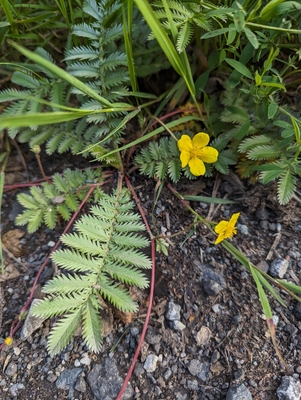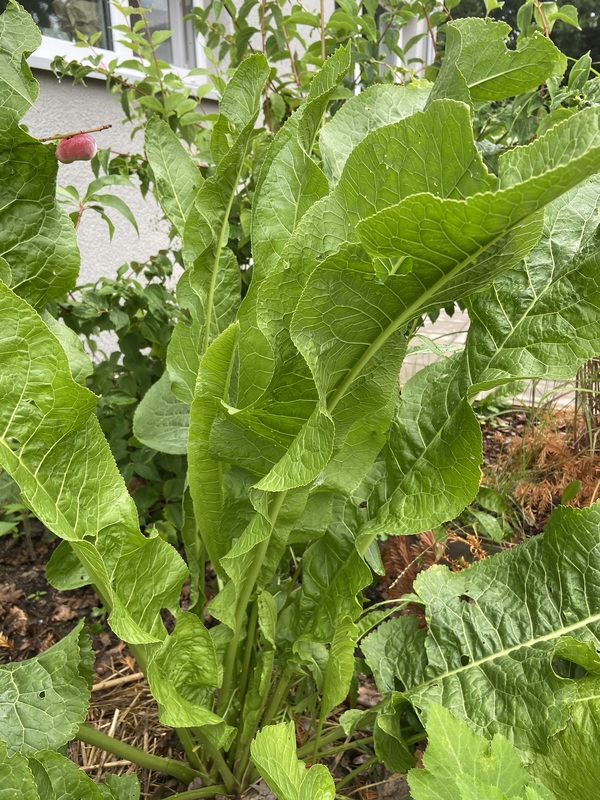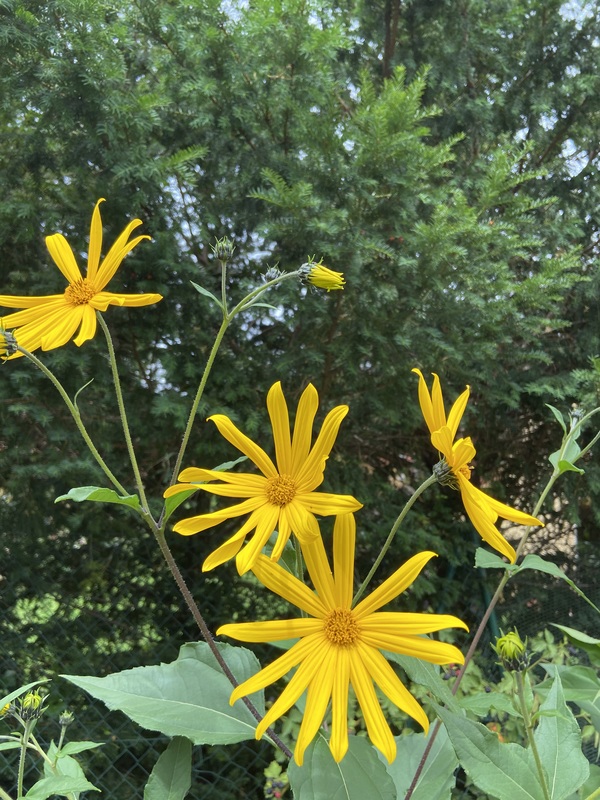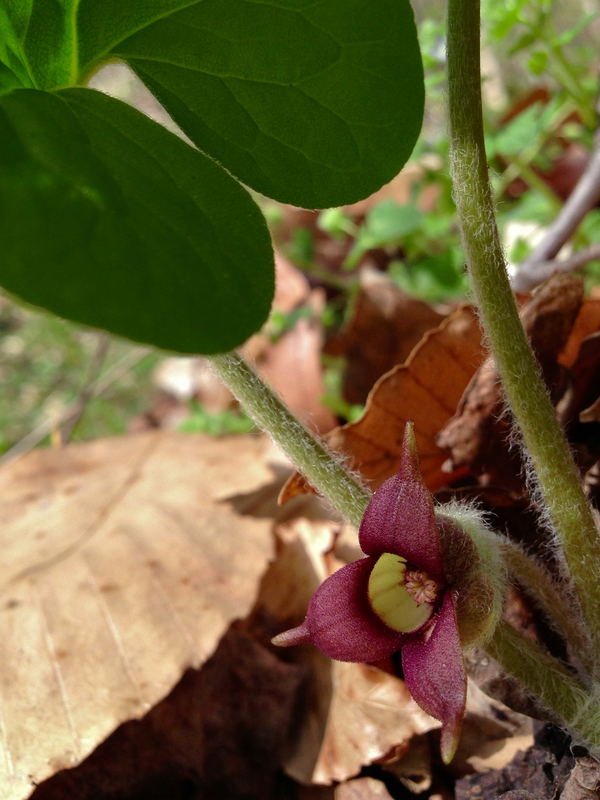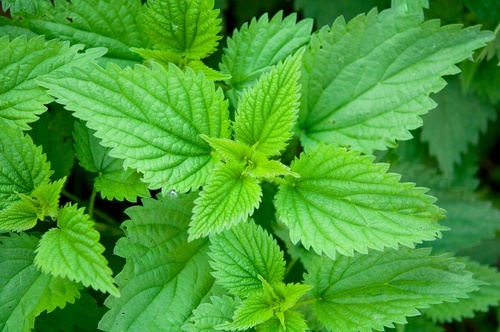Description
Argentina anserina is also known as Potentilla anserina. It is a prolific plant that sends out deep storage roots on long red stems. Its common name is Common Silverweed, as their leaves tend to be coated in hairs that give a silvery appearance, though the predominance of these hairs vary greatly. There is evidence that the hairs are responsible for trapping condensation in the early morning, so a lack of it could indicate a higher moisture environment. The leaves grow in opposite pairs into a distinctive feather-like pattern, with each leaflet being serrated.
The deep storage roots are also edible. They have a higher density of carbohydrates than potatoes and were used in times past in many cultures as a staple crop (Scotland being a notable example). Some cultures still consume them regularly.
The young leaves can be used sparingly in salads and older leaves can be used as a herbal tea.
The plant is noted in scientific literature to be beneficial to the digestive system, especially the colon - a fact that has been known in herbal lore in many cultures for a long time.
Common Silverweed prefers moist areas so are often found in the wild near areas of water. They can tolerate more salinity than the average “weed” so are often spotted in hostile locations on coasts.
